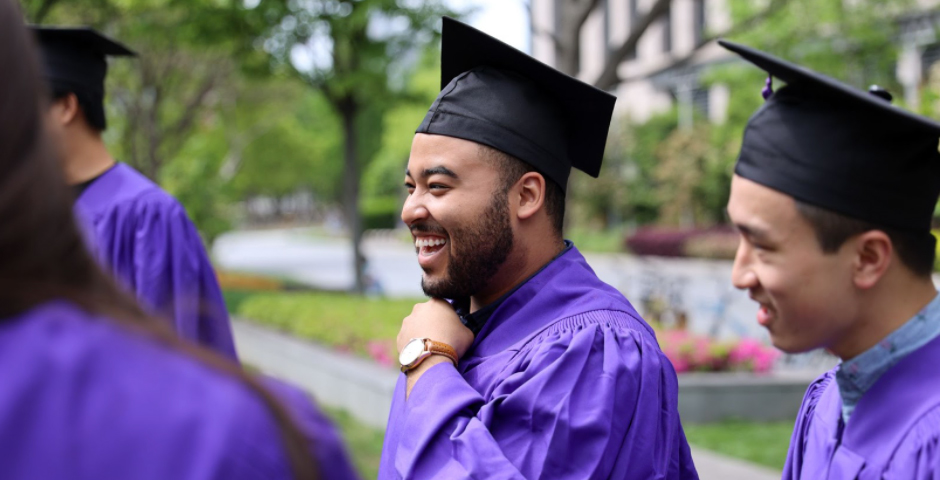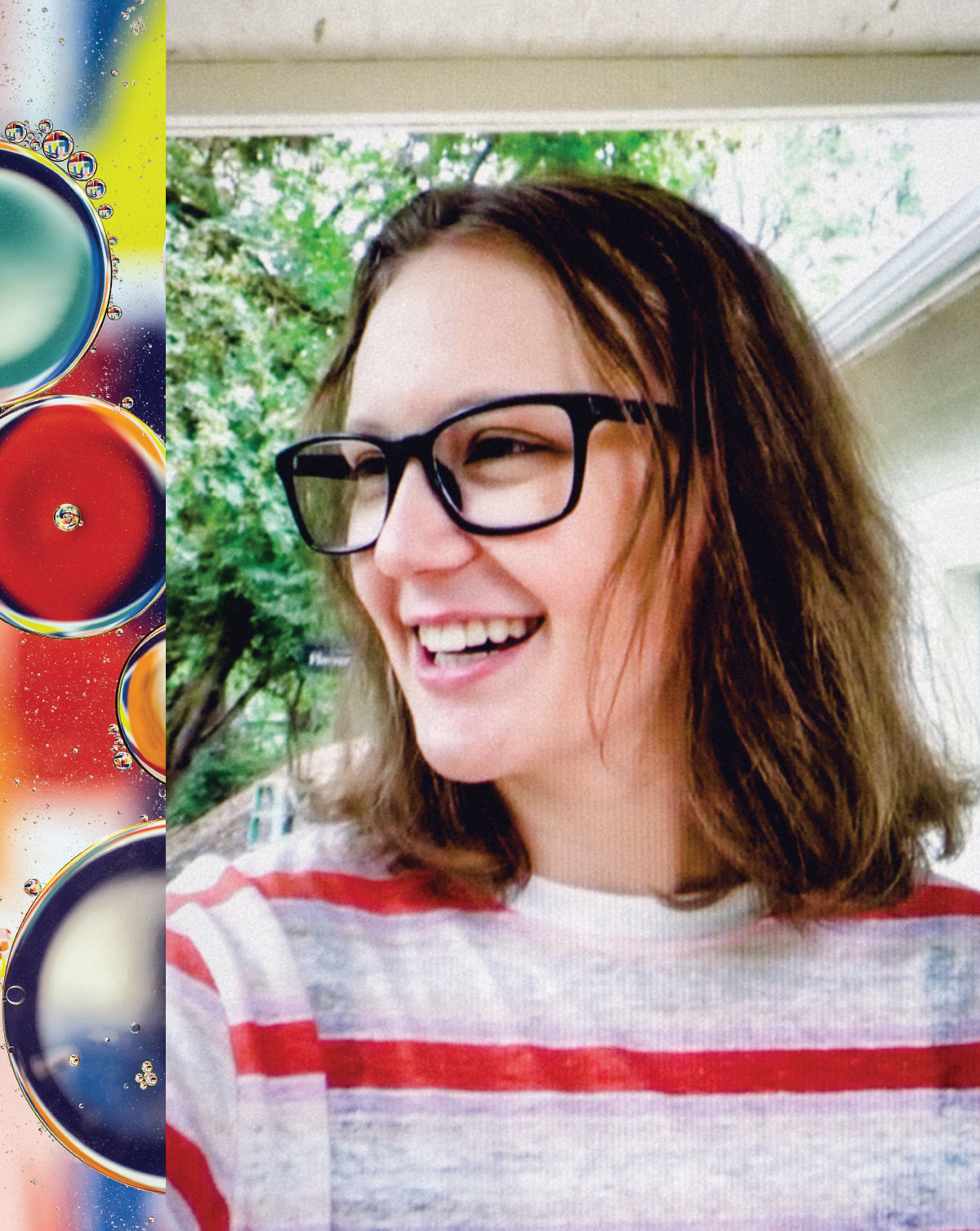Published January 09, 2023
Hey Siri, Get to Know NYU’s Natural Language Processing Class
At one time or another, we’ve all found ourselves talking to a computer. Maybe you urge your laptop to load more quickly or you ask your phone why your friend is always late. Now the computer doesn’t talk back. But, one day, it will be able to. And that’s all thanks to natural language processing.
Natural language processing is a computer’s ability to read, understand, and interpret human languages. And in Professor Yik-Cheung (Wilson) Tam’s Natural Language Processing (NLP) class, NYU Shanghai students engage with this subfield to learn how to teach artificial intelligence to communicate with us. “We need more people interested in this area,” says Professor Tam. “So I encourage all my students to do more, read more, and explore more. Ultimately, my goal is for students to develop careers in natural language processing.”

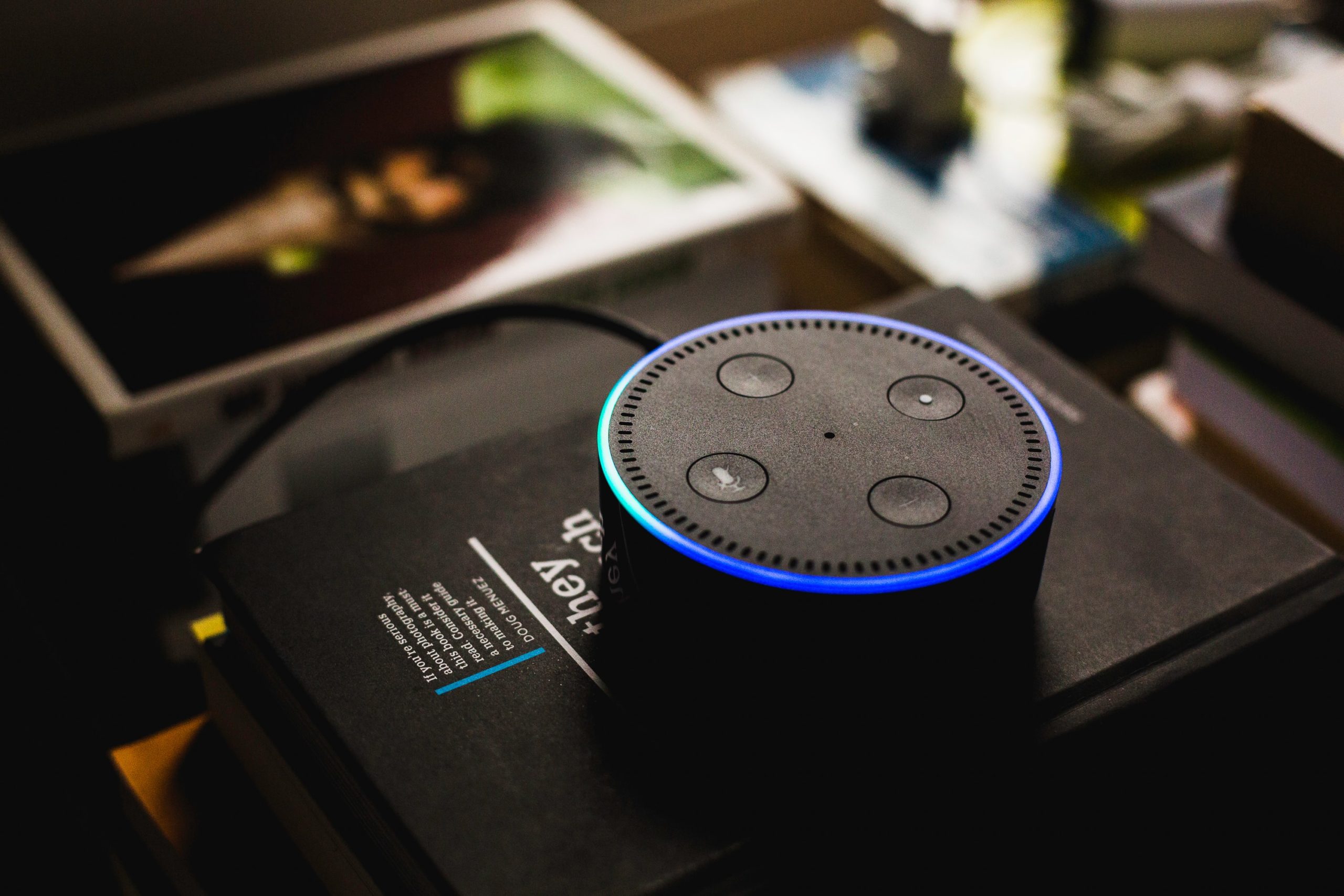
Siri, Alexa, and Beyond
From voice-activated personal assistants to automatic transcription services, natural language processing is already a fixture in our daily lives. Therefore, students in the NYU Shanghai NLP course apply cutting-edge artificial intelligence (AI) algorithms to improve their computer’s communication abilities. The goal is simple: help the computer process information as a person does. However, the process is anything but. For example, it requires foundational knowledge in statistics, machine learning, and probability.
“We’ve learned a lot about data processing, model building, and different types of state-of-the-art architectures and the mathematical theories behind them. Those have really helped me in my journey along the road of AI learning and developing,” reflects Kyrie Tang Sheng, who prefers to go by Tang. He’s an NYU Shanghai Computer Science major who took Professor Tam’s course and conducted research with him this past summer. “It is an advanced course and a hard topic. So you really need to commit your time and energy to it. But it is great fun, too. And Professor Tam is smart, patient, warm-hearted, and open-minded.”
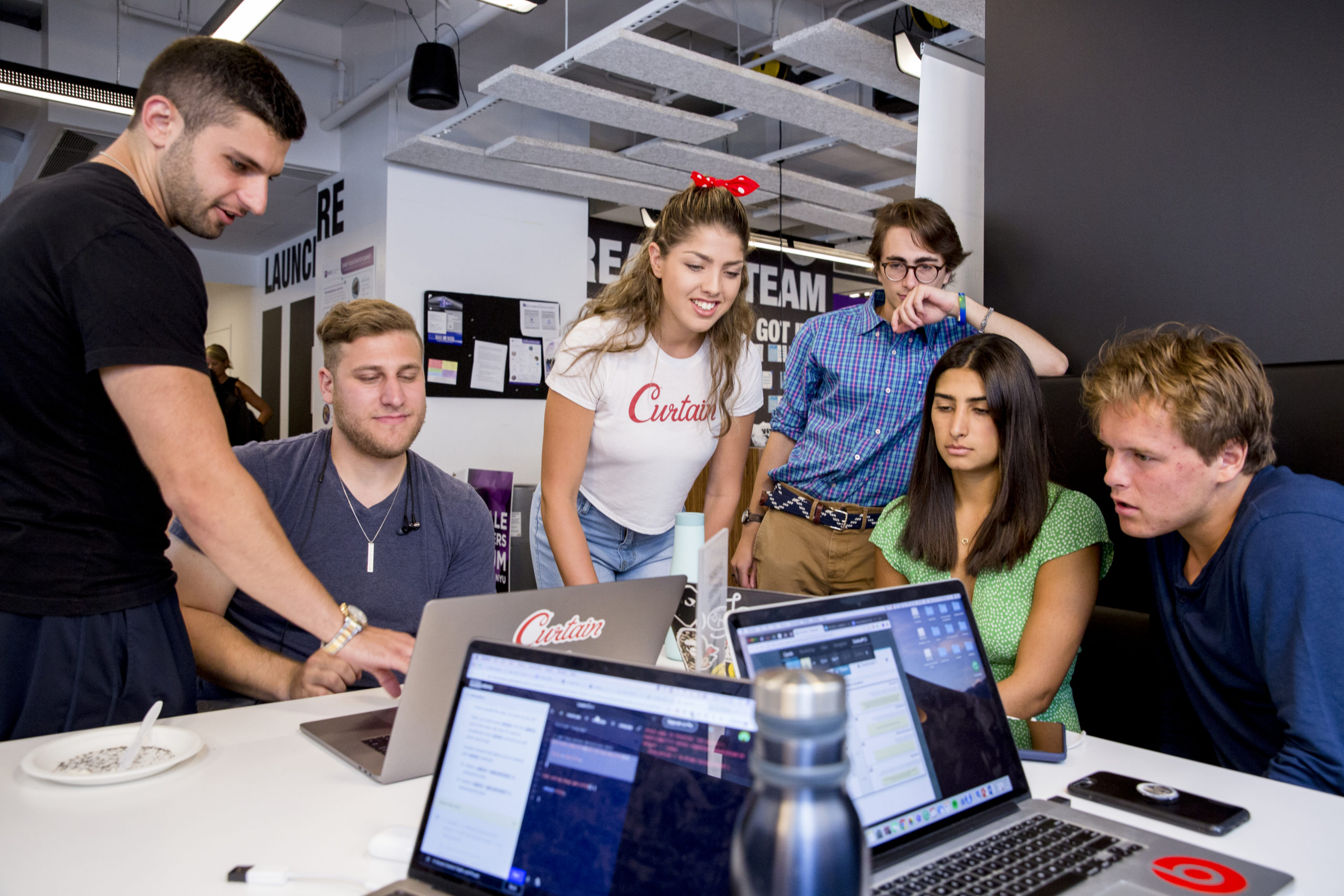
Making Memes and Writing Songs
Professor Tam, who previously worked on Microsoft’s virtual assistant, Cortana, first became interested in natural language processing as a master’s student in Hong Kong. “Creating a conversational interface for computers to communicate with humans seemed like such a cool thing. It was like a scene from a sci-fi movie,” he reflects. Today, he loves witnessing his students develop that same passion.
At the end of each semester, the class completes final group projects to flex their programming muscles. For example, Tang and his classmates built a hip-hop freestyle generator. Their model takes in key words and then creates freestyle lyrics. In the past one pair of students wrote a natural language processing model to understand the content of pictures and generate memes. Another created a program to convert modern Chinese into the dialect used during the Tang dynasty—“like converting modern English into Shakespeare,” explains Professor Tam.
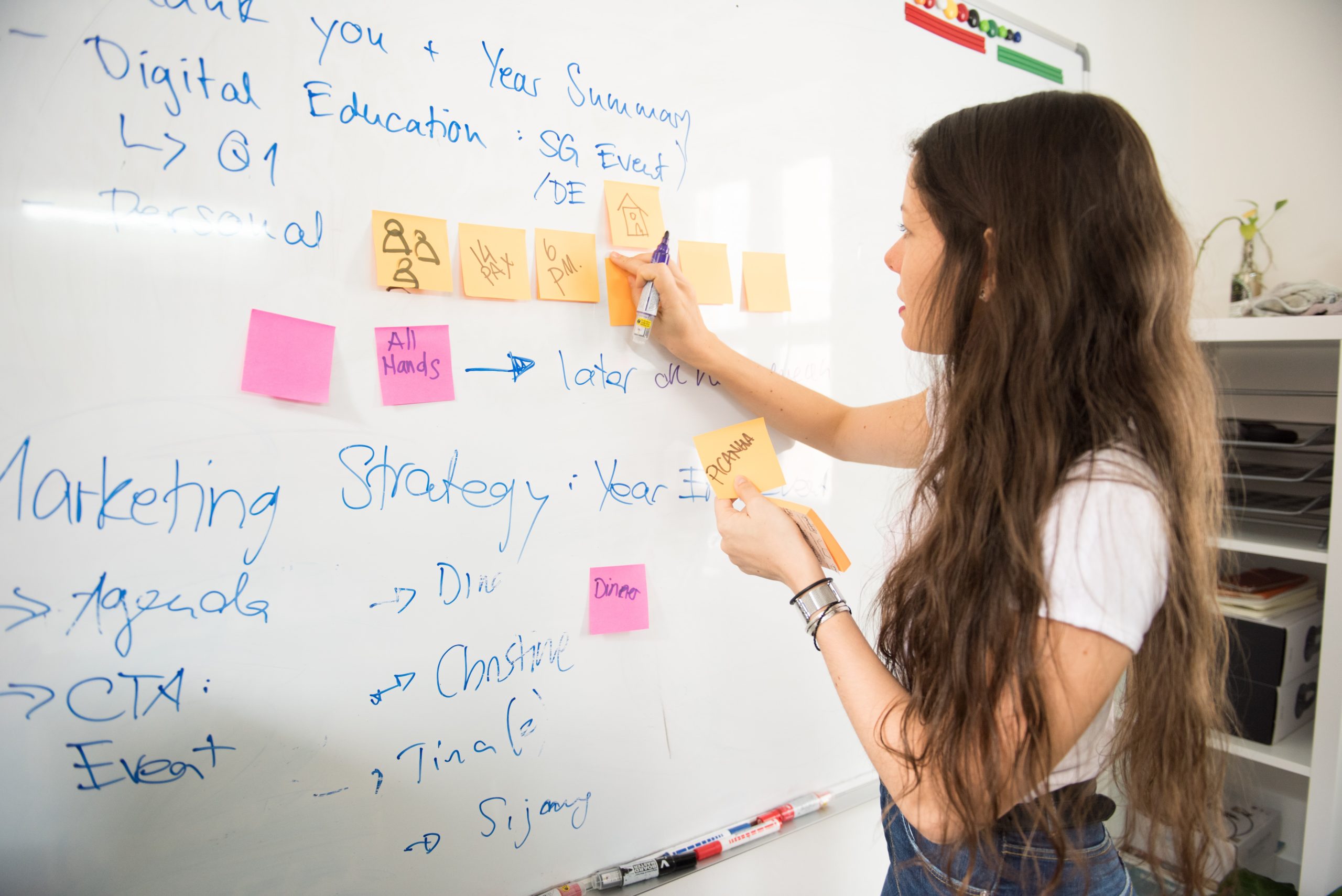
Challenge Accepted
For the past two summers, Professor Tam has conducted research in response to Amazon’s Dialog System Technology Challenge, the company’s annual research competition to advance dialog systems. For example, this summer, he worked alongside Tang and two other students. “We exchanged experiment results, brainstormed, and planned for future work,” explains Tang. So how did these students get involved in this cutting-edge research? They approached Professor Tam and asked if they could join. And he was thrilled to oblige. “I love working with such bright and motivated students,” he says. “They’re not afraid to try something new, and they’re not afraid to fail. This is something they love to do, so I’m very glad to have the opportunity to work with them.”

